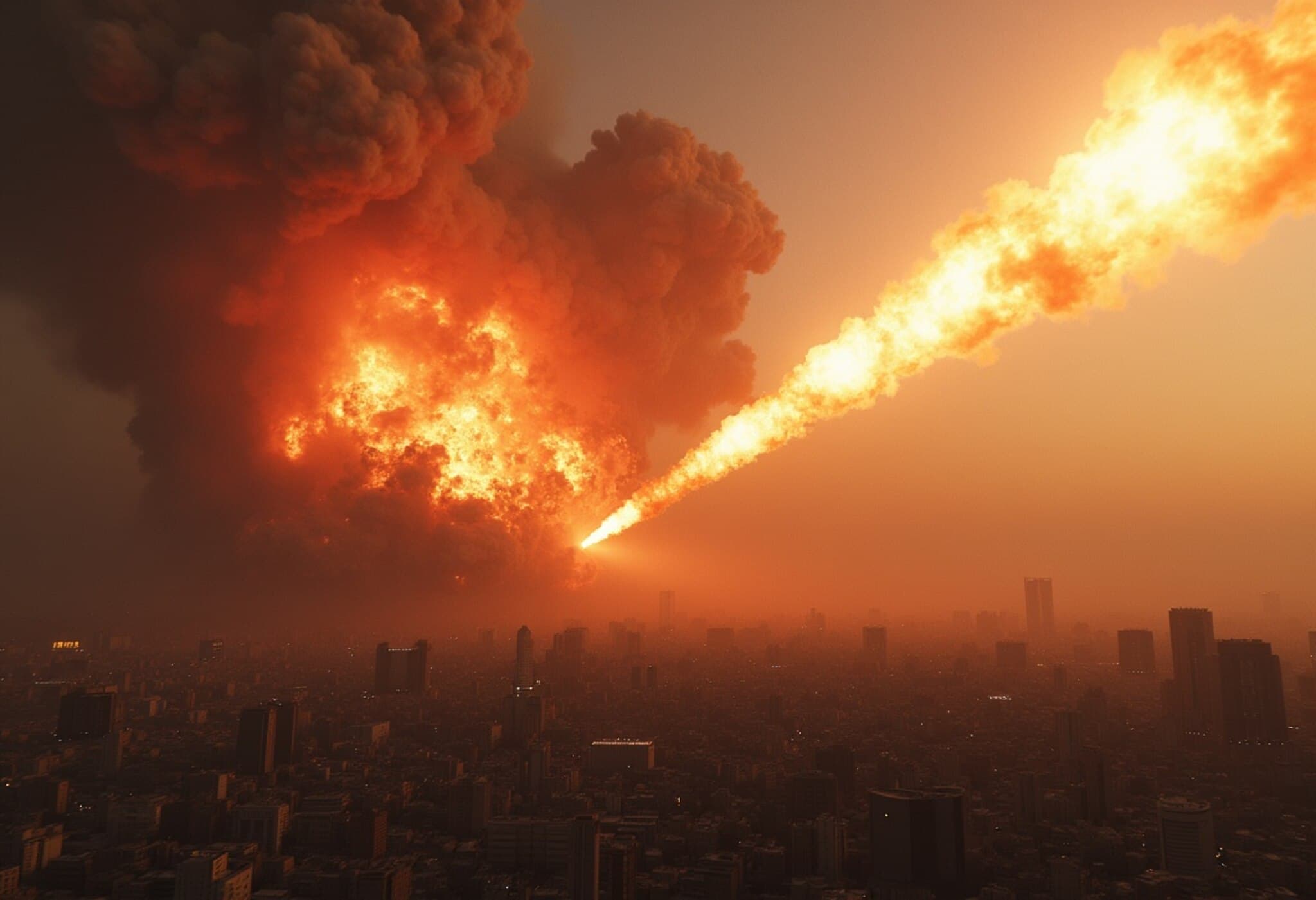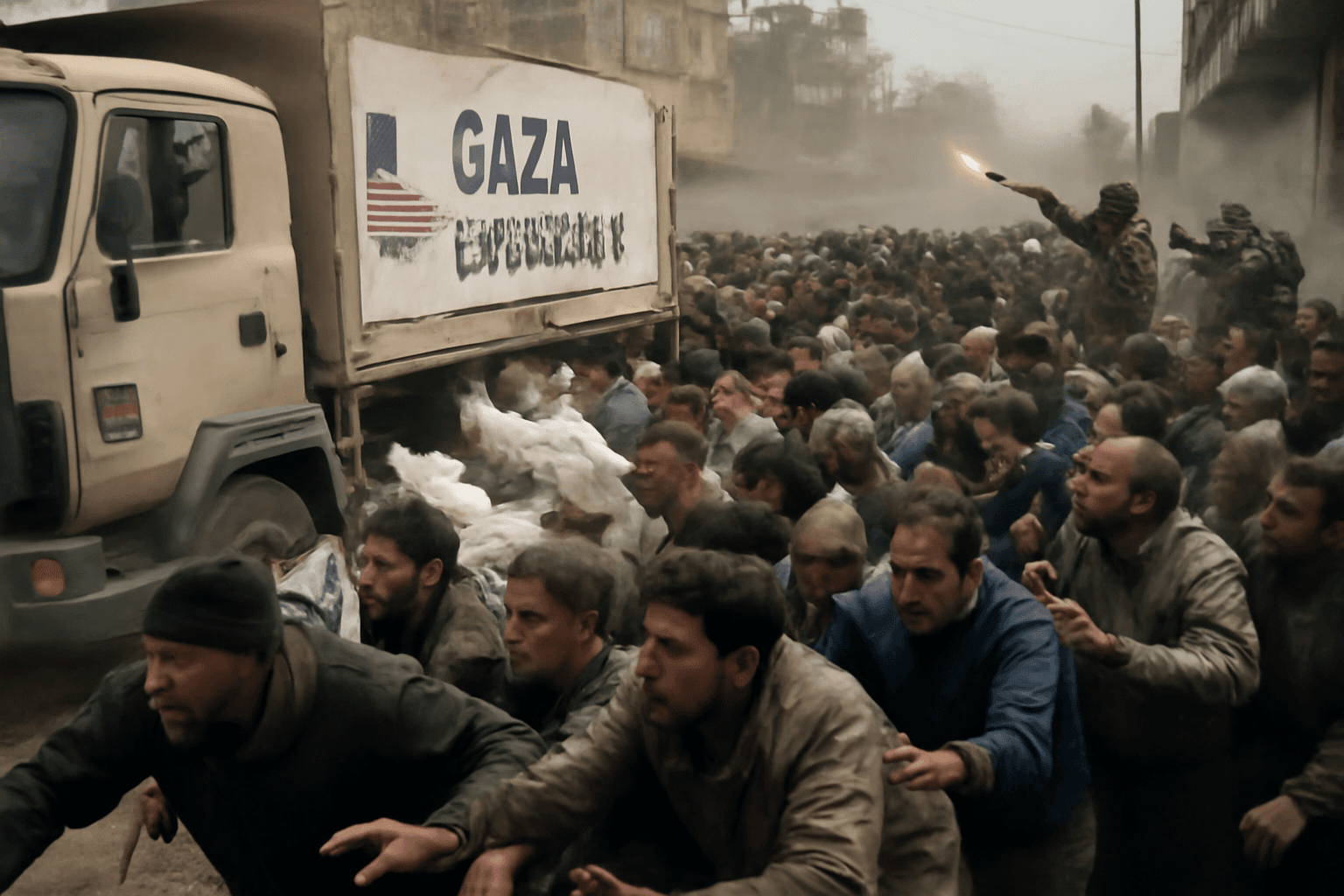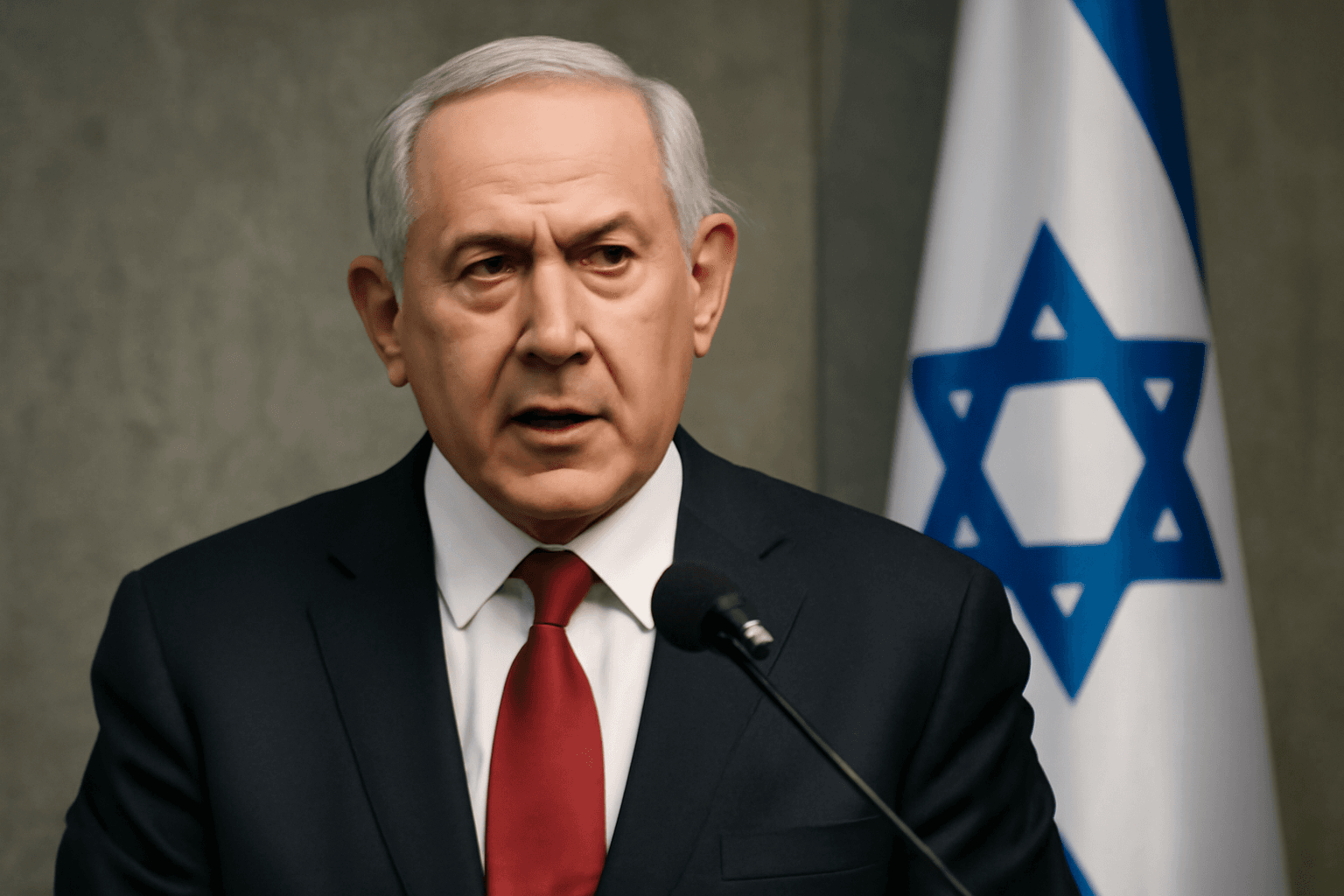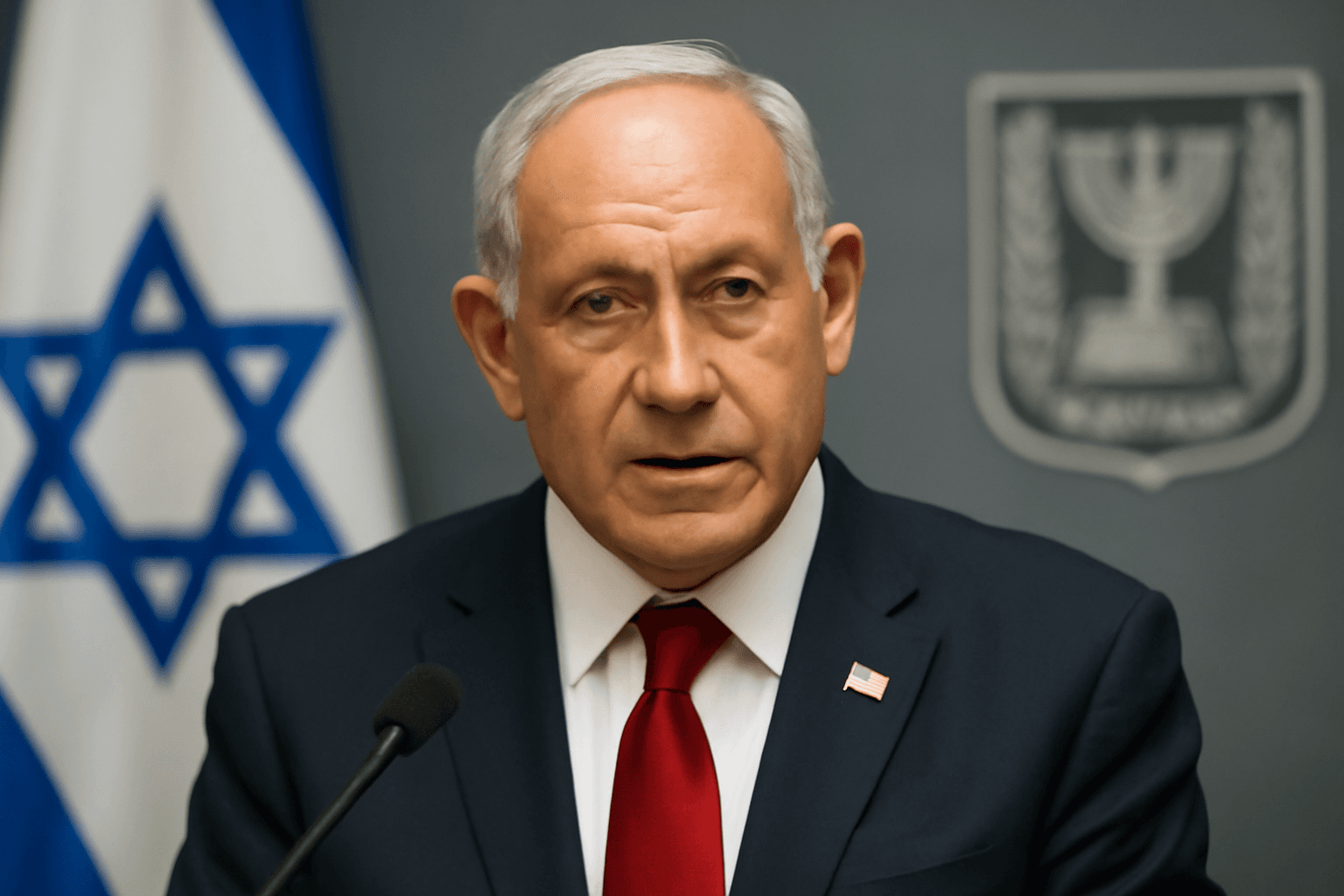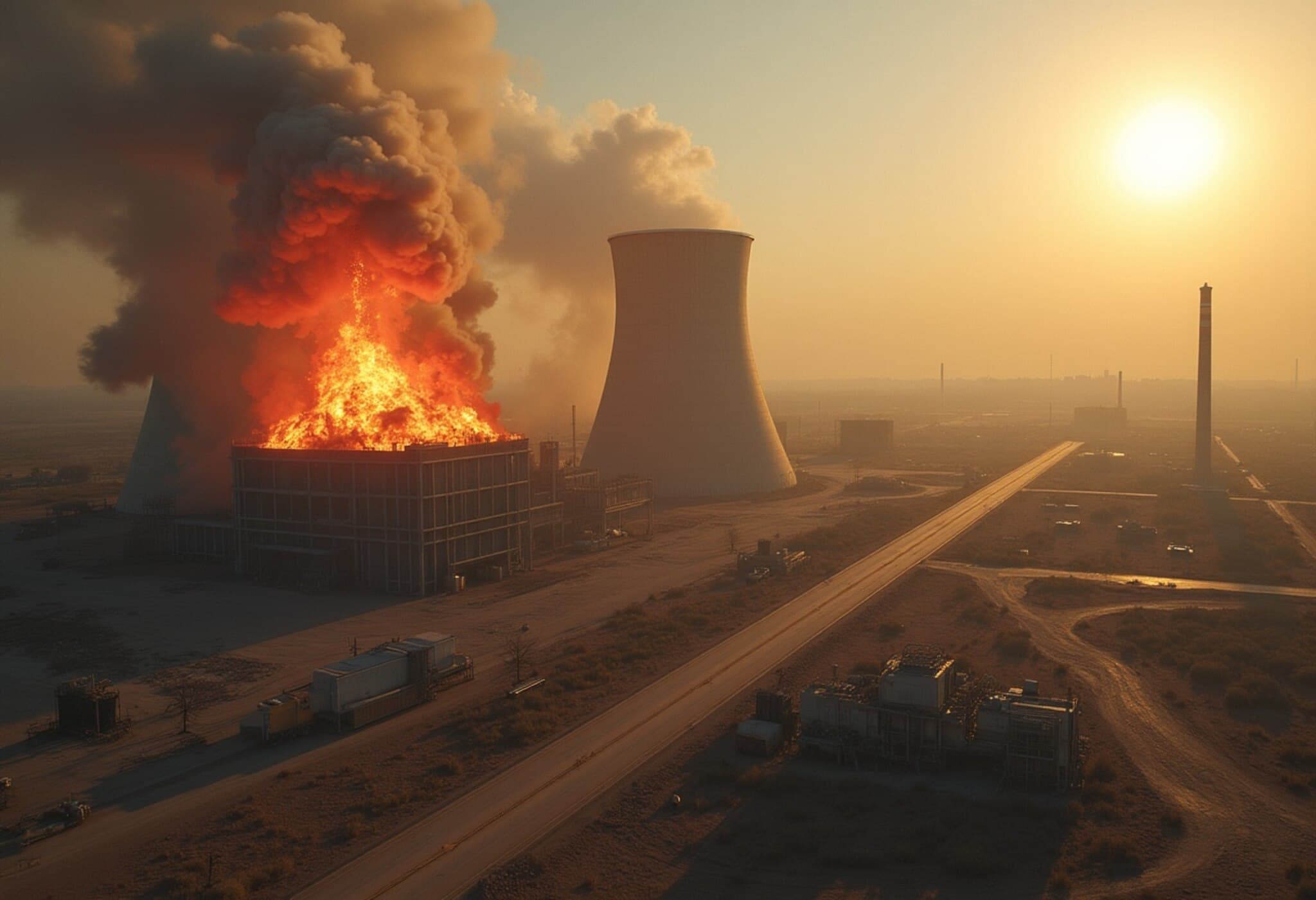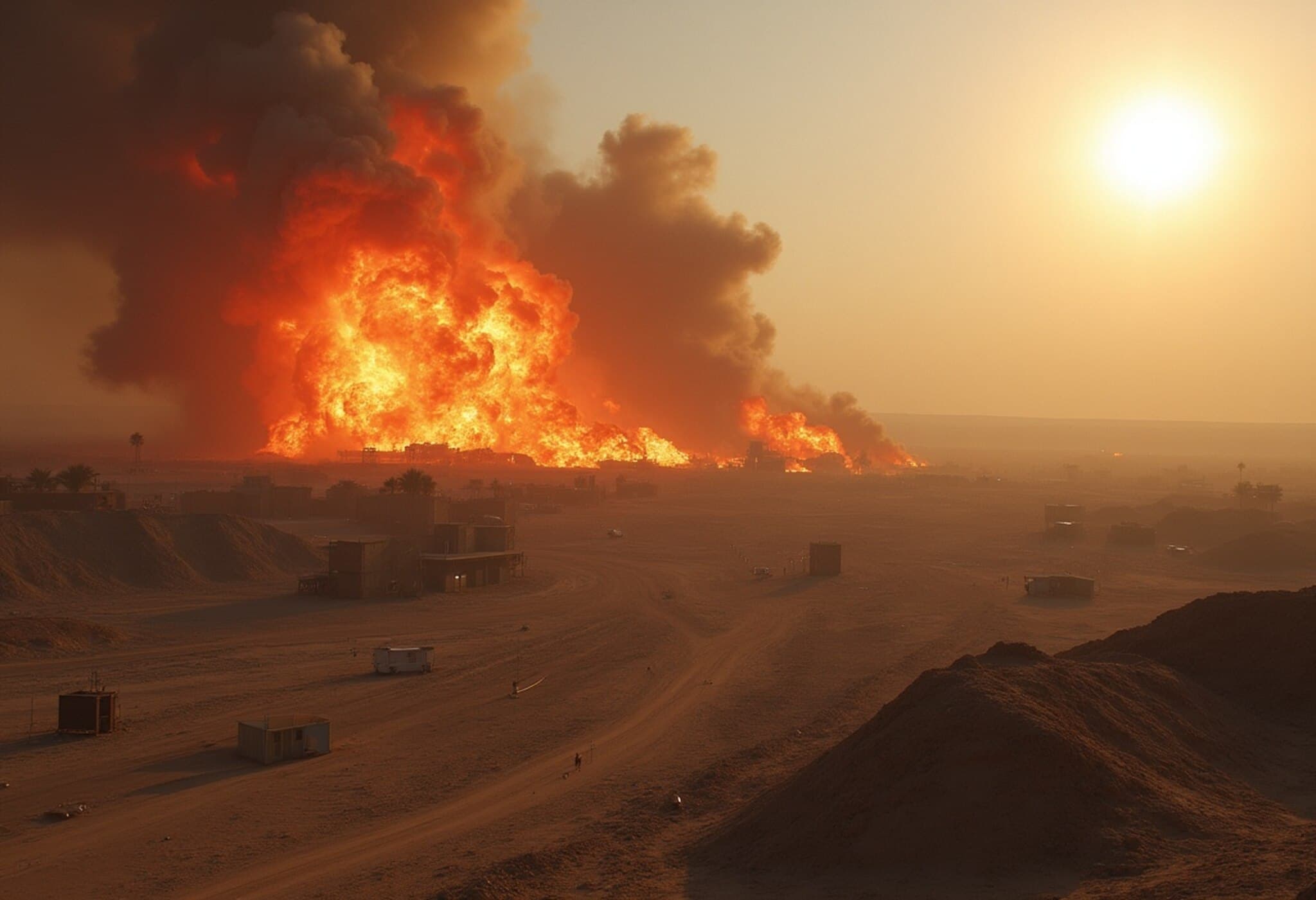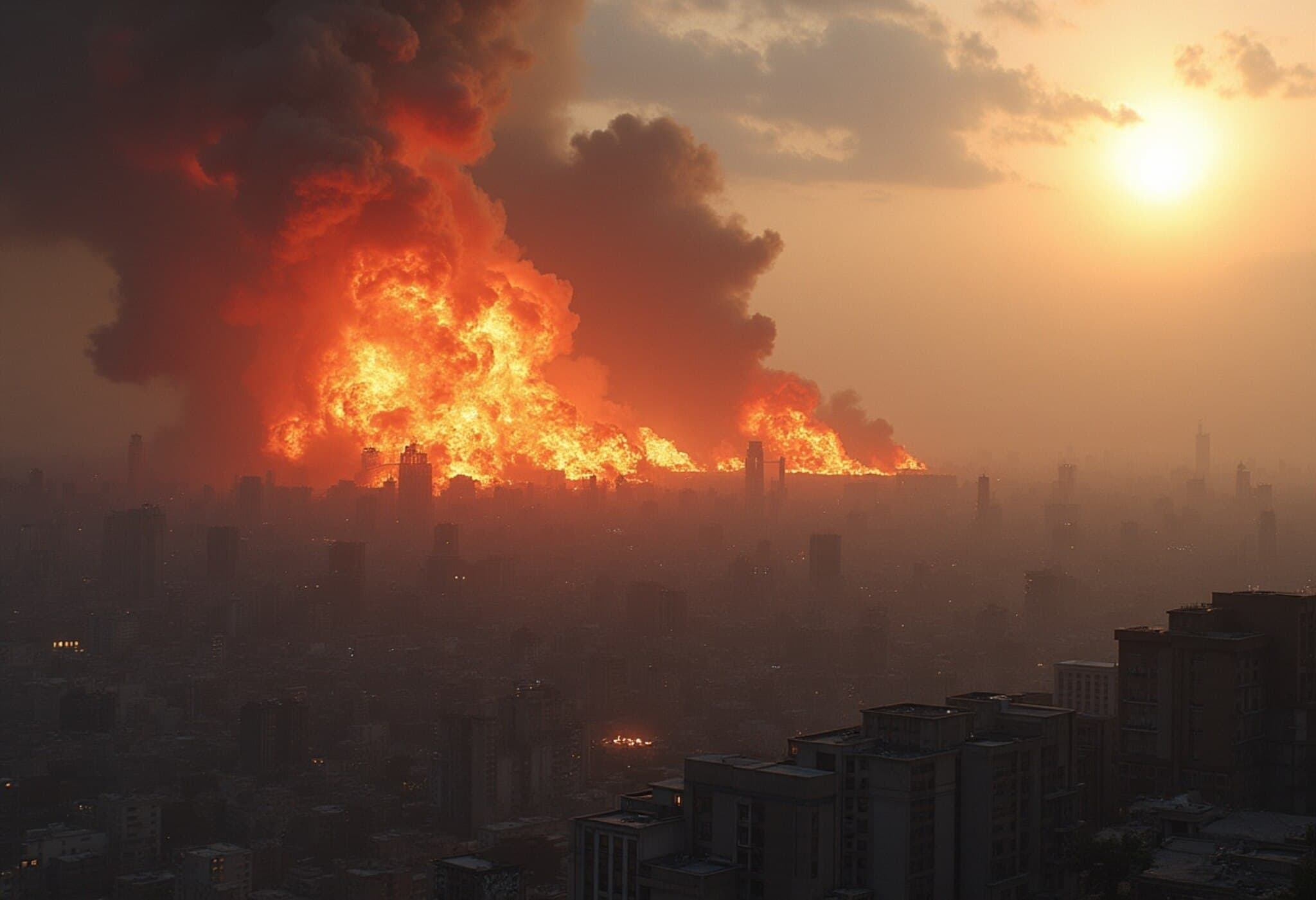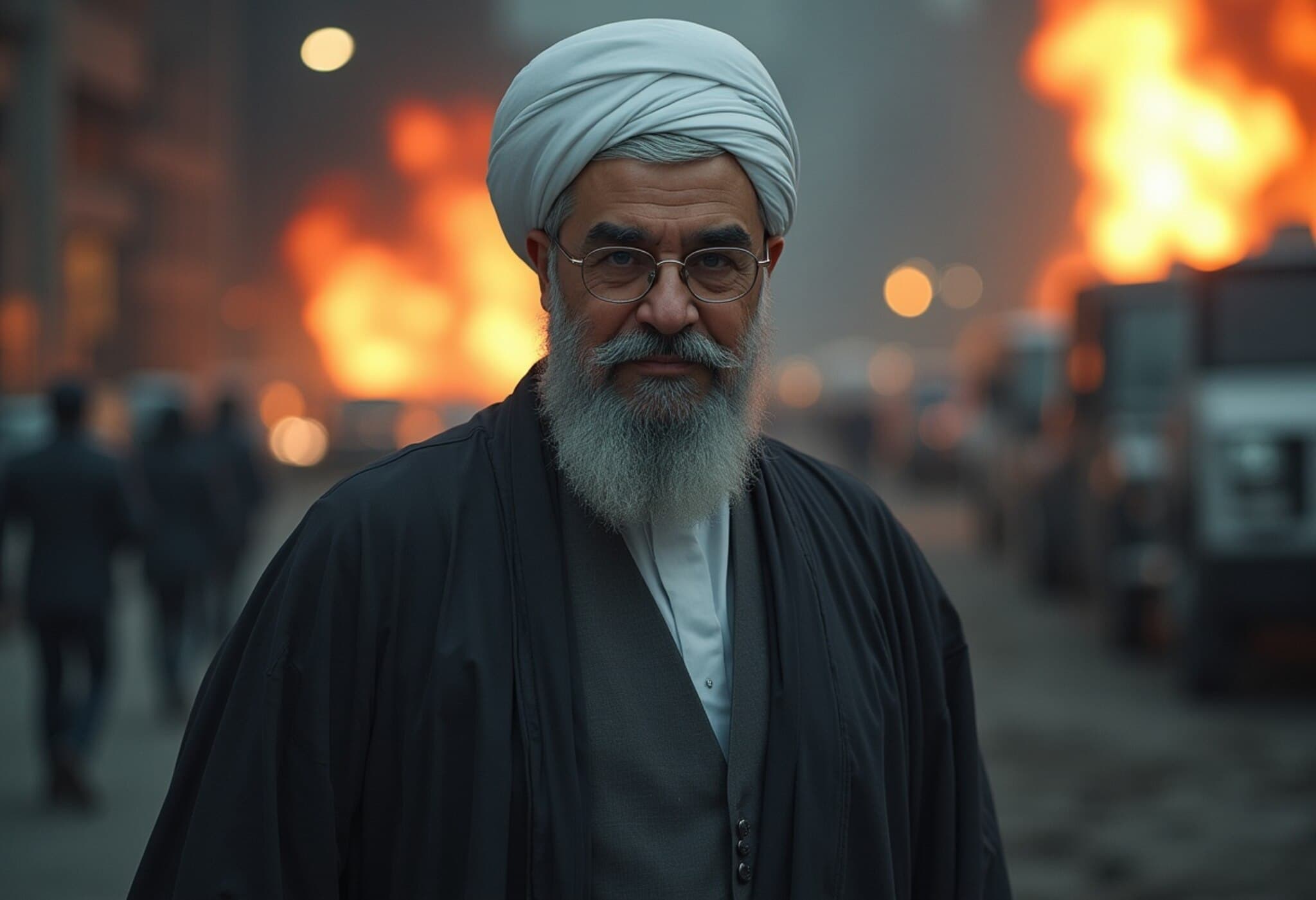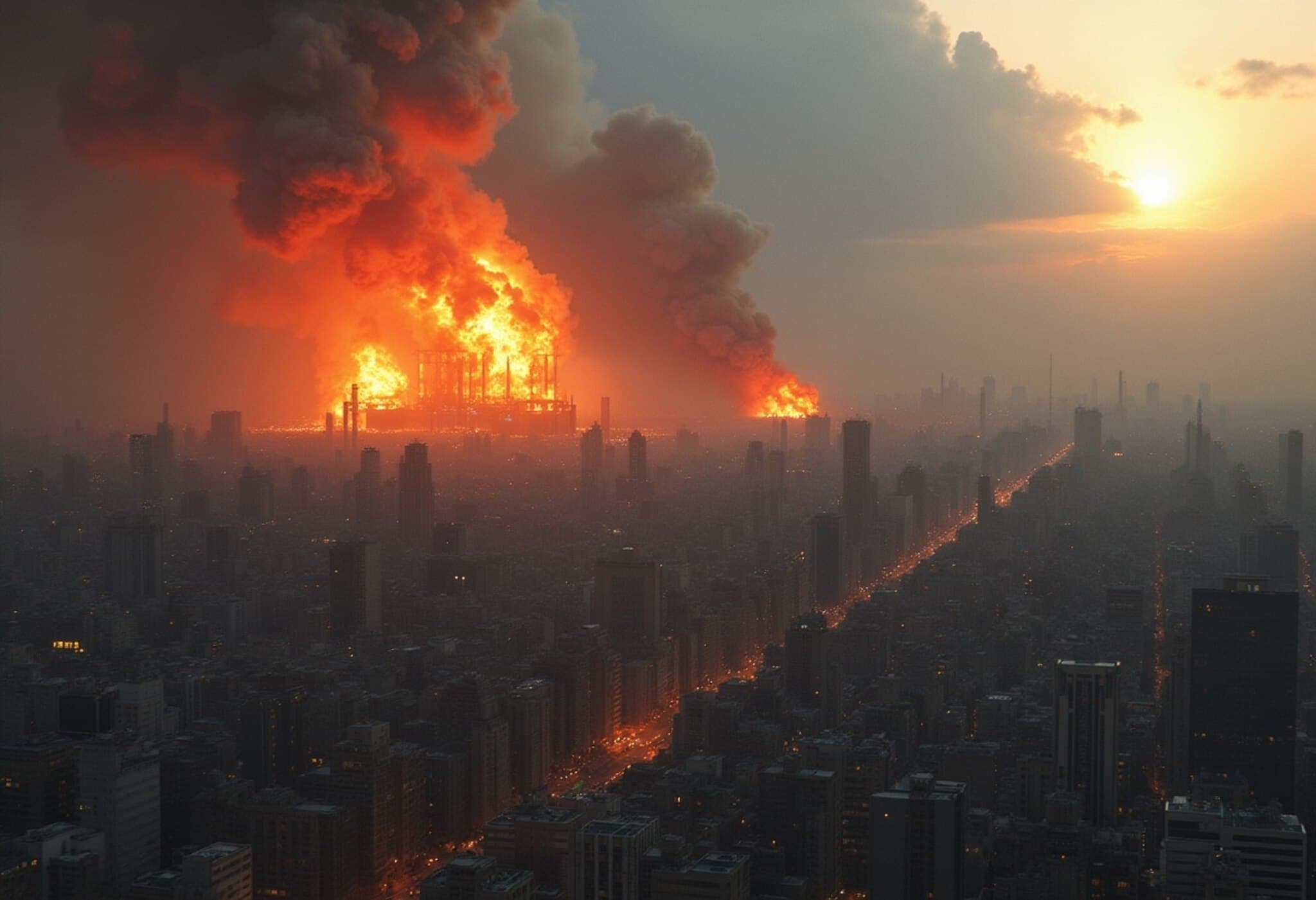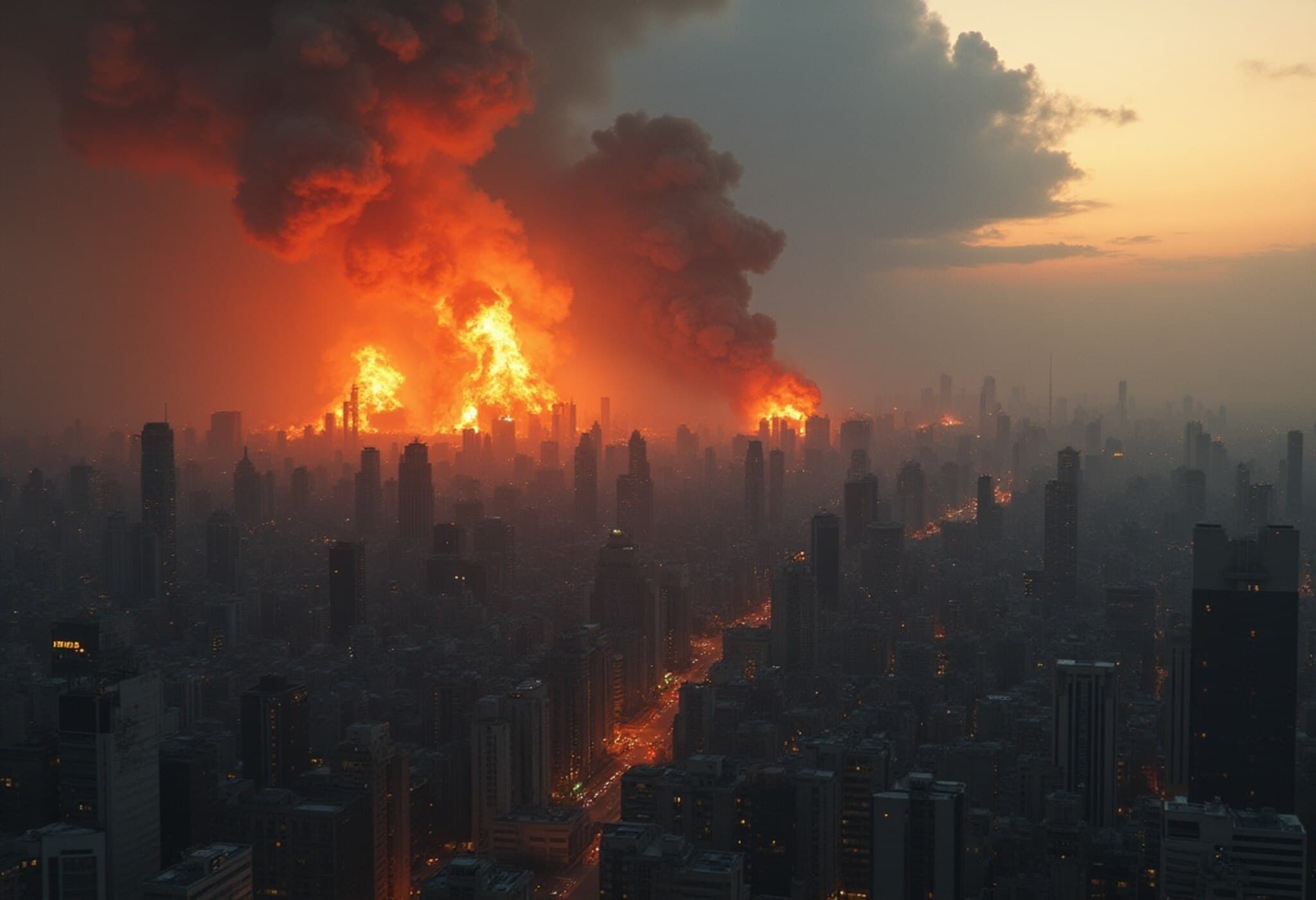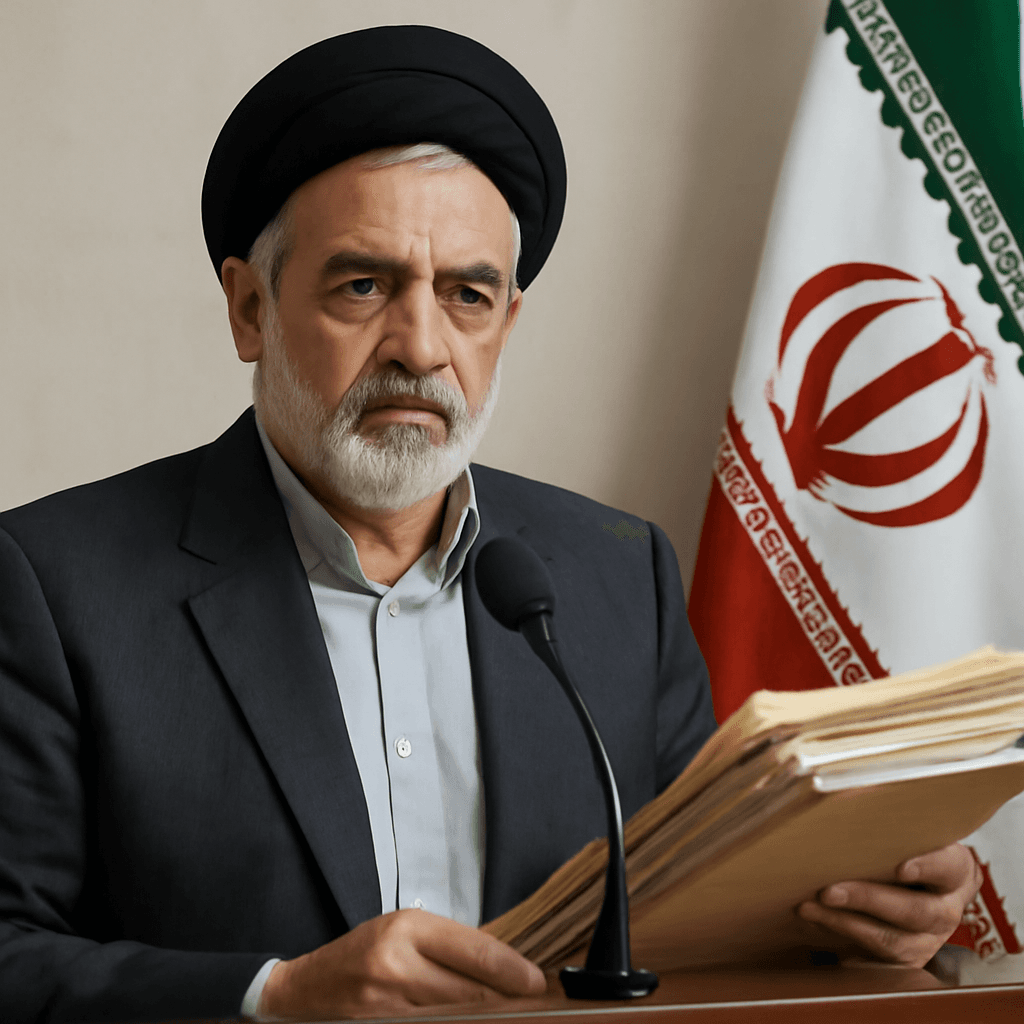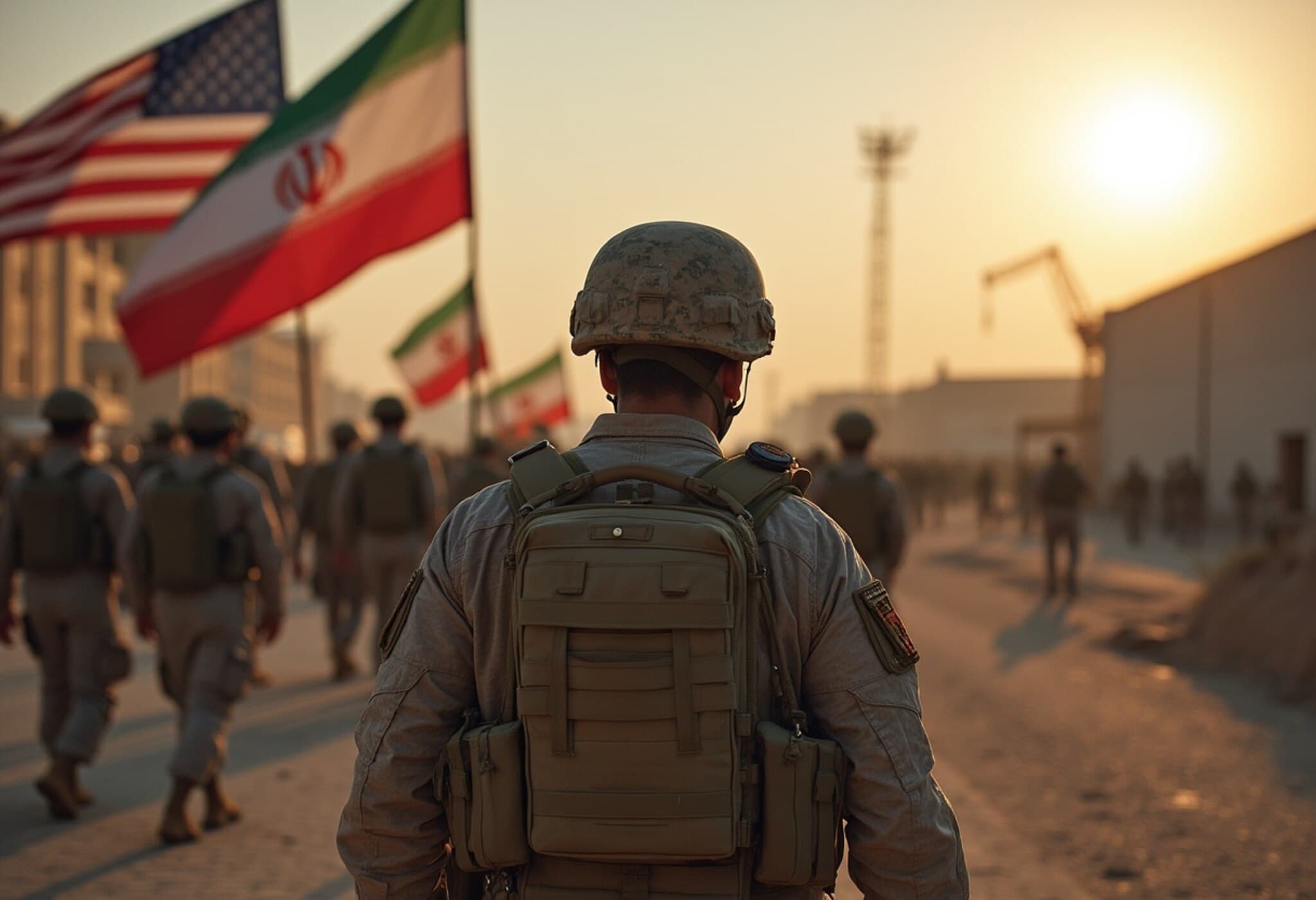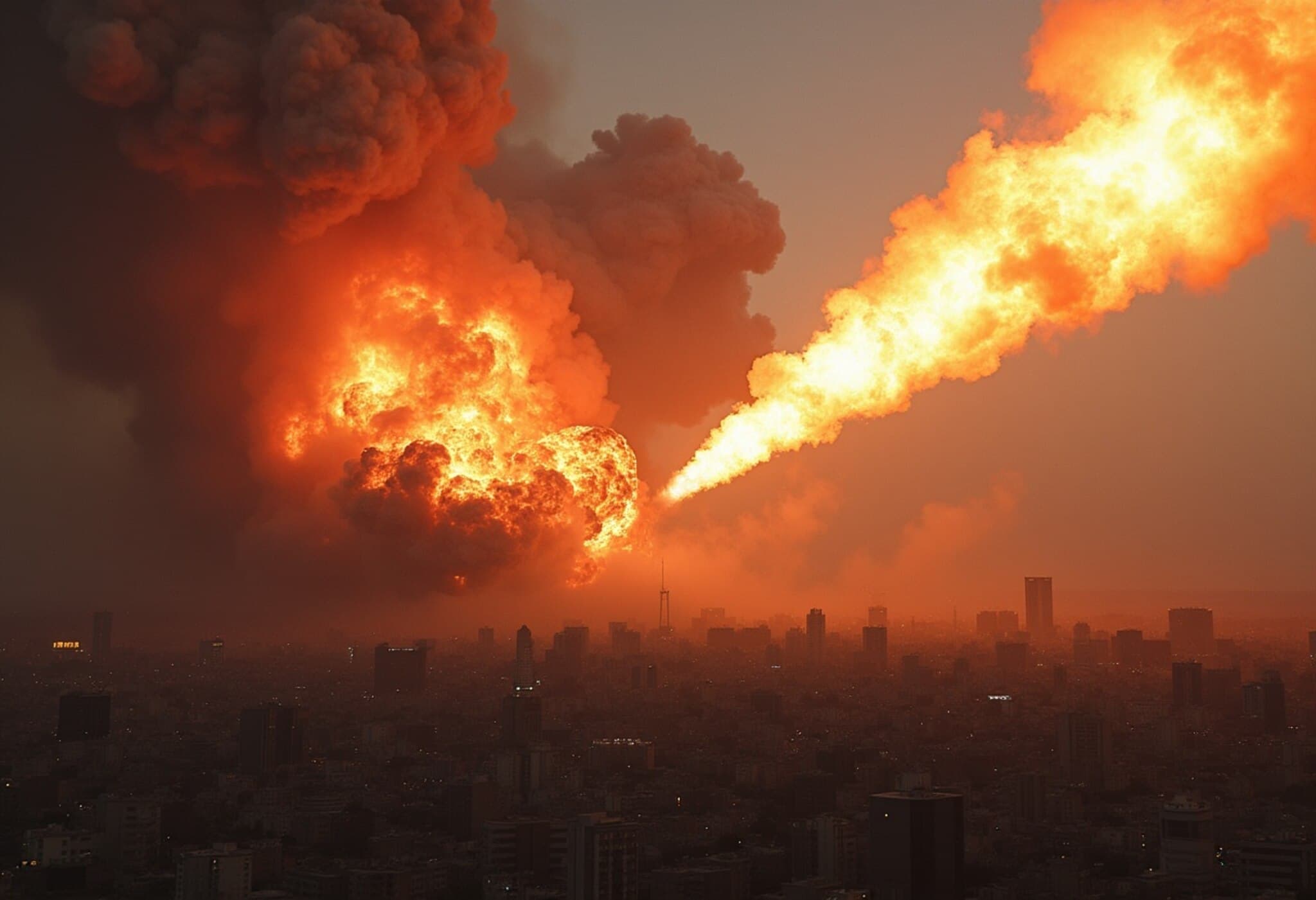Israel Strikes Iranian Nuclear and Military Sites Amid Escalating Concerns
In a bold move driven by escalating tensions, Israel launched airstrikes on multiple Iranian nuclear and military installations, citing an imminent threat tied to Iran’s nuclear ambitions. Israeli officials warned that Tehran was moving dangerously close to developing nuclear weapons, a claim Iran continues to deny, emphasizing the peaceful nature of its nuclear program.
Context Behind the Strikes
The strikes came shortly after the International Atomic Energy Agency (IAEA) formally censured Iran for the first time in two decades, due to Tehran’s refusal to cooperate fully with inspectors. In response, Iran vowed to establish a new uranium enrichment facility and enhance its centrifuge technology.
These developments unfolded amidst delicate negotiations between the United States and Iran, where a potential deal promised partial easing of economic sanctions if Iran limited or ended uranium enrichment—a prospect now increasingly uncertain.
Key Iranian Nuclear Sites Under Scrutiny
Natanz Enrichment Facility
Located about 220 kilometers southeast of Tehran, Natanz is Iran’s principal uranium enrichment site. This mostly underground complex houses numerous centrifuge cascades designed to increase uranium enrichment efficiency. Notably, parts of Natanz are shielded beneath Iran’s Central Plateau, enabling defense against airstrikes.
The facility has a history marked by covert sabotage, including the infamous Stuxnet computer virus attack—widely attributed to Israeli and American sources—which damaged Iranian centrifuges. Sabotage attempts have also targeted Natanz in recent years.
Fordo Enrichment Facility
Situated roughly 100 kilometers southwest of Tehran, Fordo is a smaller yet strategically fortified uranium enrichment site. Built into a mountain and protected by air defenses, Fordo is designed to withstand aerial assaults. Construction began in 2007, though Iran only notified the UN nuclear watchdog of its existence in 2009 after international intelligence discovery.
Bushehr Nuclear Power Plant
About 750 kilometers south of Tehran, on the Persian Gulf coast, Bushehr stands as Iran’s sole commercial nuclear power plant. Initially constructed in the 1970s under the Shah’s rule, it suffered setbacks during the Iran-Iraq war and was ultimately completed with Russian support. Unlike enrichment sites, Bushehr utilizes uranium fuel supplied by Russia and is monitored by the IAEA.
Arak Heavy Water Reactor
Located 250 kilometers southwest of Tehran, the Arak facility produces heavy water to cool reactors. However, it carries proliferation concerns due to its potential to produce plutonium, a material usable in nuclear weapons. Under the 2015 nuclear agreement, Iran had consented to redesign Arak to mitigate these risks.
Isfahan Nuclear Technology Center
This research hub, positioned some 350 kilometers southeast of Tehran, employs thousands of nuclear scientists and hosts advanced reactors and laboratories. It serves as a focal point for Iran’s nuclear research and development efforts.
Tehran Research Reactor
The Tehran Research Reactor, located at the Atomic Energy Organization of Iran headquarters, is the brainchild of America’s 1960s "Atoms for Peace" initiative. Initially fueled by highly enriched uranium, it has since been converted to use low-enriched uranium to reduce proliferation risks.
What Lies Ahead?
The recent airstrikes have dramatically intensified the standoff between Israel and Iran, potentially complicating diplomatic efforts geared towards nuclear restraint. As Iran vows to accelerate its nuclear program and Israel positions itself to prevent a regional nuclear threat, the international community watches closely, wary of further escalation in one of the Middle East’s most volatile fronts.

